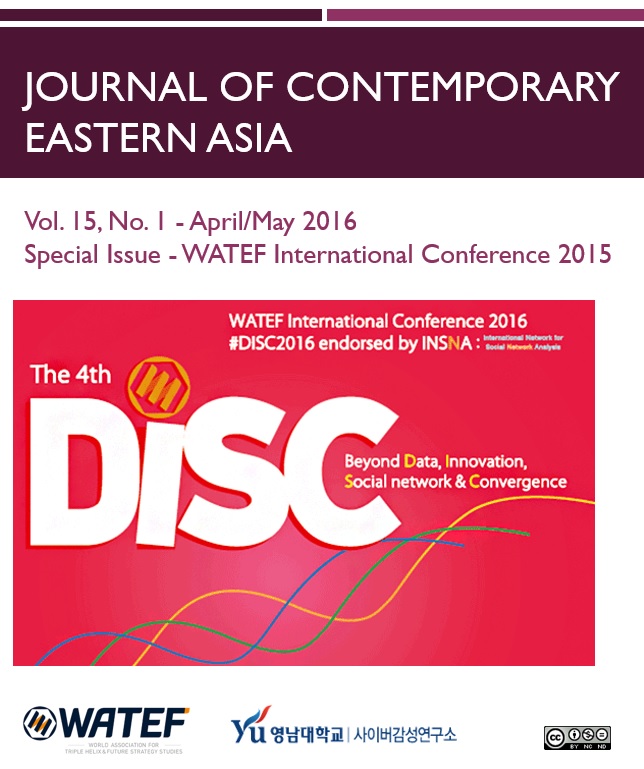- KOREAN
- E-ISSN2383-9449
- SCOPUS
 E-ISSN : 2383-9449
E-ISSN : 2383-9449
Article Contents
- 2024 (Vol.23)
- 2023 (Vol.22)
- 2022 (Vol.21)
- 2021 (Vol.20)
- 2020 (Vol.19)
- 2019 (Vol.18)
- 2018 (Vol.17)
- 2017 (Vol.16)
- 2016 (Vol.15)
- 2015 (Vol.14)
- 2014 (Vol.13)
- 2013 (Vol.12)
- 2012 (Vol.11)
- 2011 (Vol.10)
- 2010 (Vol.9)
- 2009 (Vol.8)
- 2008 (Vol.7)
- 2007 (Vol.6)
- 2006 (Vol.5)
- 2005 (Vol.4)
- 2004 (Vol.3)
- 2003 (Vol.2)
- 2002 (Vol.1)
Nguyen, Hanh
Abstract
The COVID-19 pandemic has highlighted the risks of an over-concentration of supply chains in one country. It has motivated stakeholders to pursue diversification strategies. However, a paradox exists. Stakeholders have shied away from a complete decoupling and preferring to selectively enhance economic ties with China. This article explores this paradox by examining supply chain concentration in China as a form of asymmetric interdependence and the countermeasures from the U.S., Japan, Australia, and India to minimize vulnerabilities. It argues that while the COVID-19 disruptions have brought to light the risk of supply chain overconcentration in China, countermeasures are also driven by coercive diplomacy and the deepening U.S.-China rivalry. The paper also examines the feasibility of diversification efforts by focusing on the capacity and capabilities of alternative supply chain hubs. It finds that while states are actively seeking ways to prevent China from using asymmetric interdependence of supply chains and trade to gain political leverage, there are structural limits to the degree of diversification in the short to mid-term.
- keywords
- asymmetric interdependence, supply chain, U.S.-China competition, Indo-Pacific, supply chain diversification
- Downloaded
- Viewed
- 0KCI Citations
- 0WOS Citations
